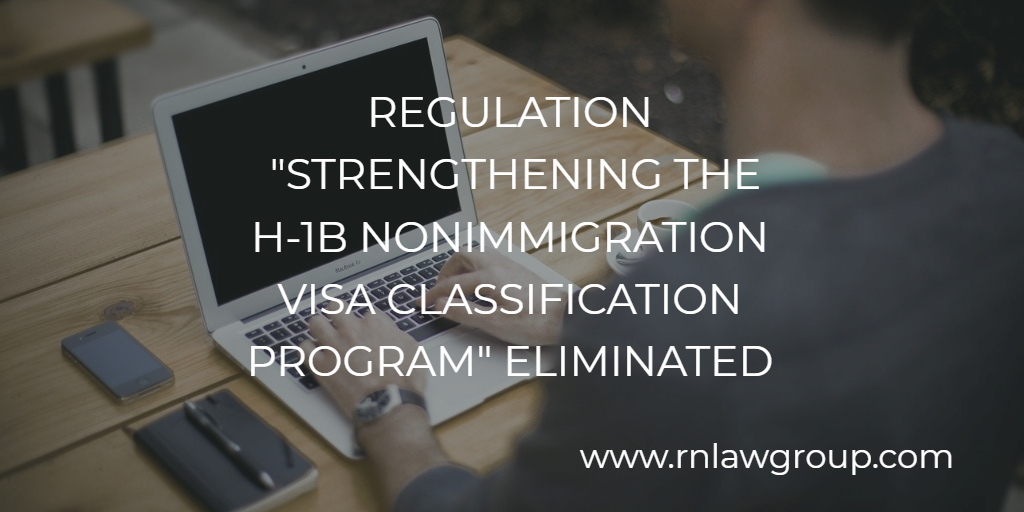
Regulation “Strengthening the H-1B Nonimmigrant Visa Classification Program” Eliminated
Under the Trump Administration, the Department of Homeland Security attempted to implement new regulations through an interim final rule (IFR), which would have revised the definition of the term “specialty occupation” and make other changes to the H-1B nonimmigrant program. The IFR was set to take effect December 7, 2020. A lawsuit in the U.S. District Court for the Northern District of California was filed against the DHS rule, and ultimately, the court vacated the regulation, preventing it from taking effect. In accordance with the court’s order, DHS has now issued a final rule that removes from the Code of Federal Regulations (CFR) the interim final rule. This final rule removes the regulatory text that DHS published in the vacated October 2020 IFR and restores the regulatory text to appear as it did before the October 2020 IFR was issued.
The vacated IFR would have:
Amending the definition of “specialty occupation” to align with the statutory definition.
Amending the criteria for specialty occupation positions.
Defining “Worksite” and “Third Party Worksite.”
Clarifying the definition of “United States Employer”
Corroborating evidence of work in a specialty occupation.
Maximum validity period for third-party placements.
Written explanation for certain H-1B approvals.
Revise the itinerary requirement for H-1B petitions.
Site Visits.
Google, Apple and other technology giants claimed the restrictions would significantly interrupt business operations, forcing companies to terminate current employees and push business out of the U.S. The court found that DHS failed to demonstrate that the impact of the COVID-19 pandemic on domestic unemployment justified skirting the normal rulemaking process to make changes to the H-1B visa program.
